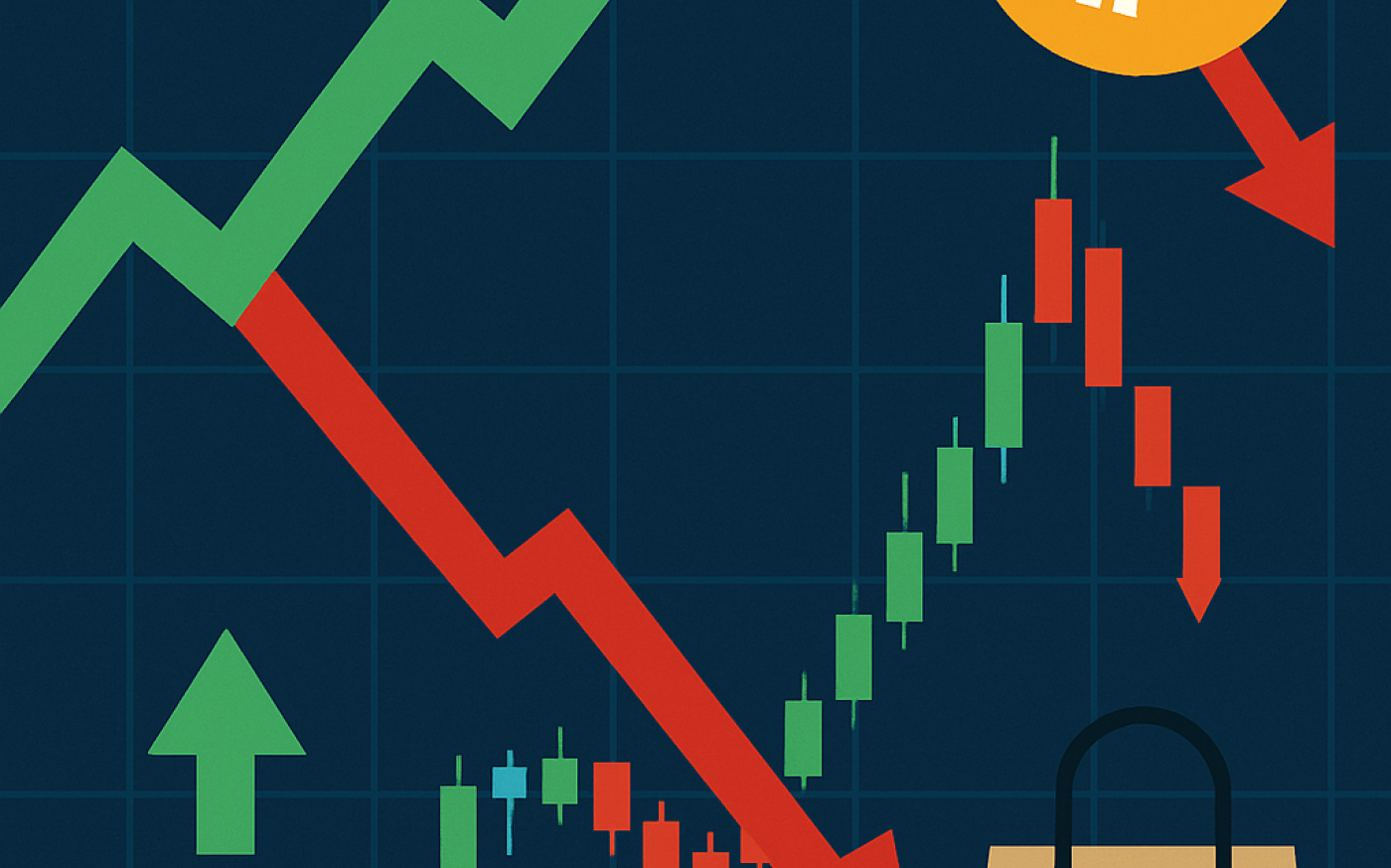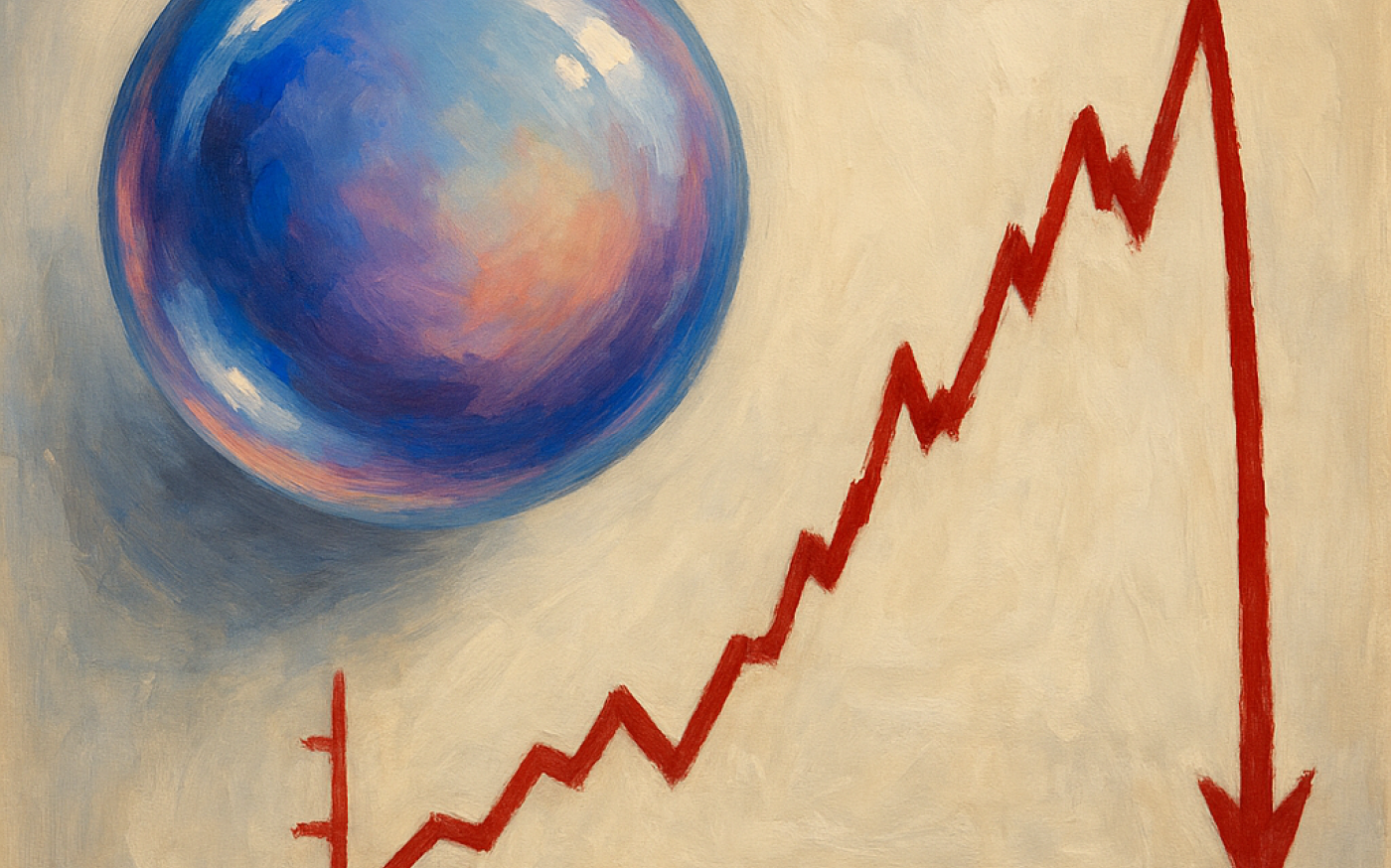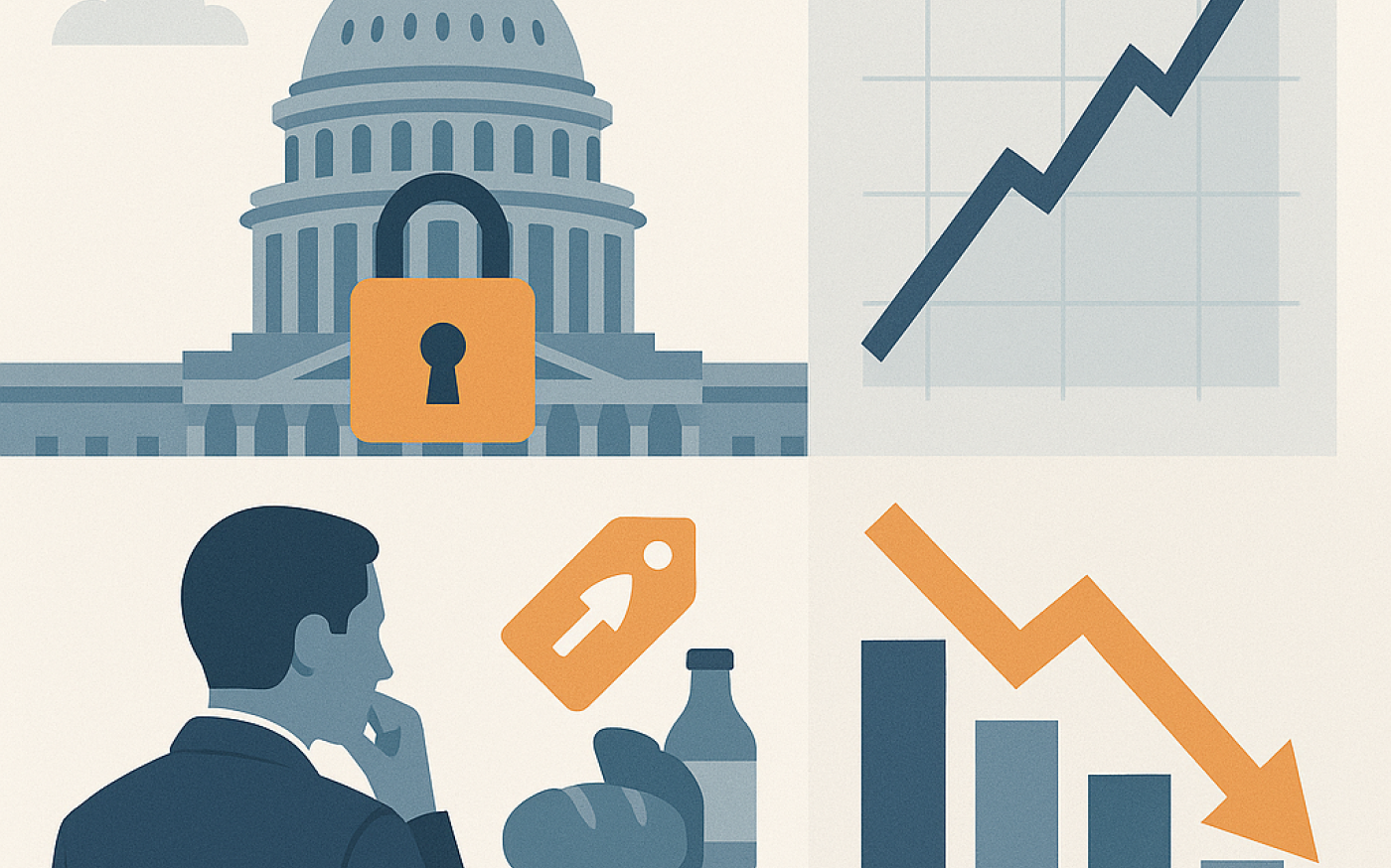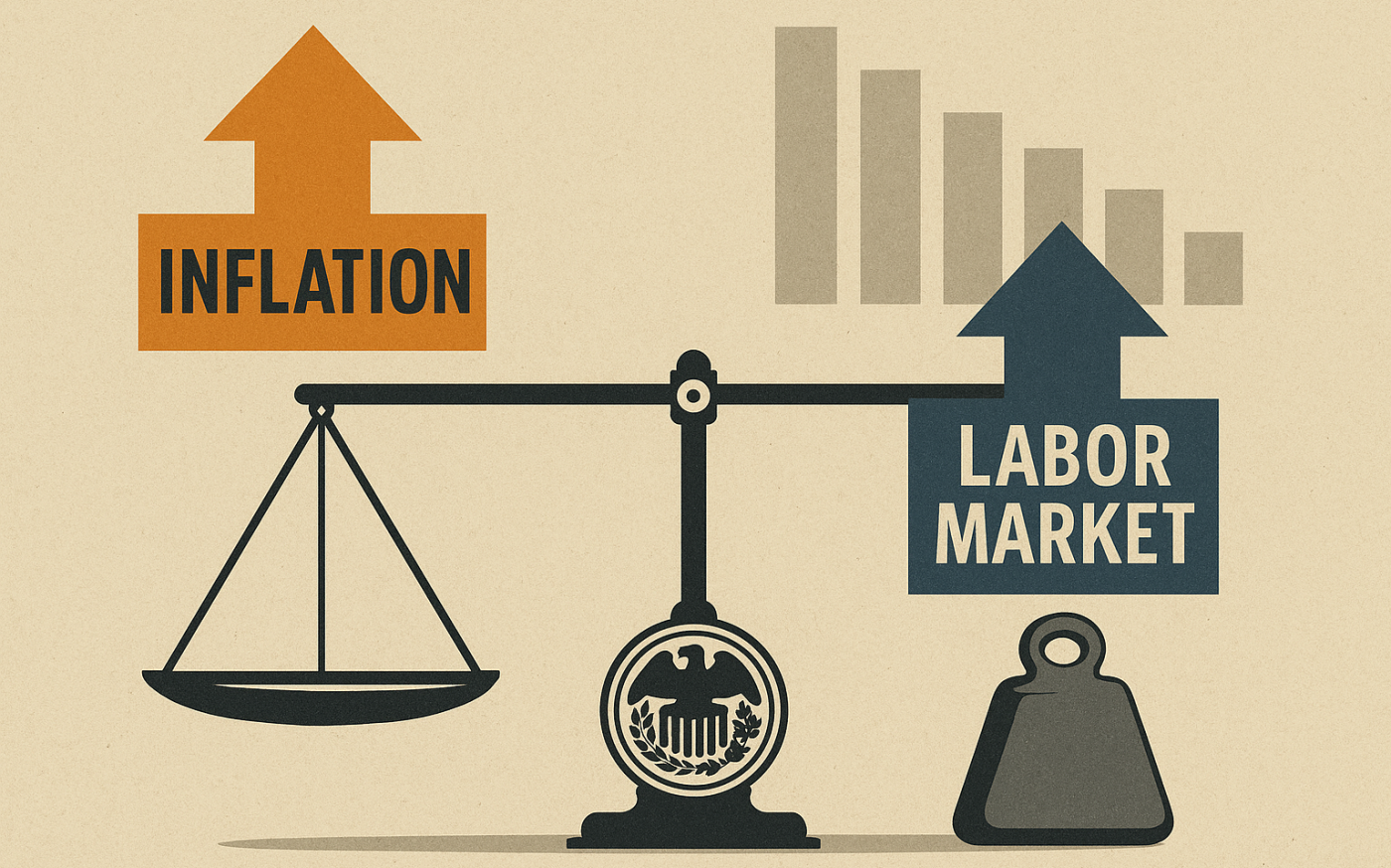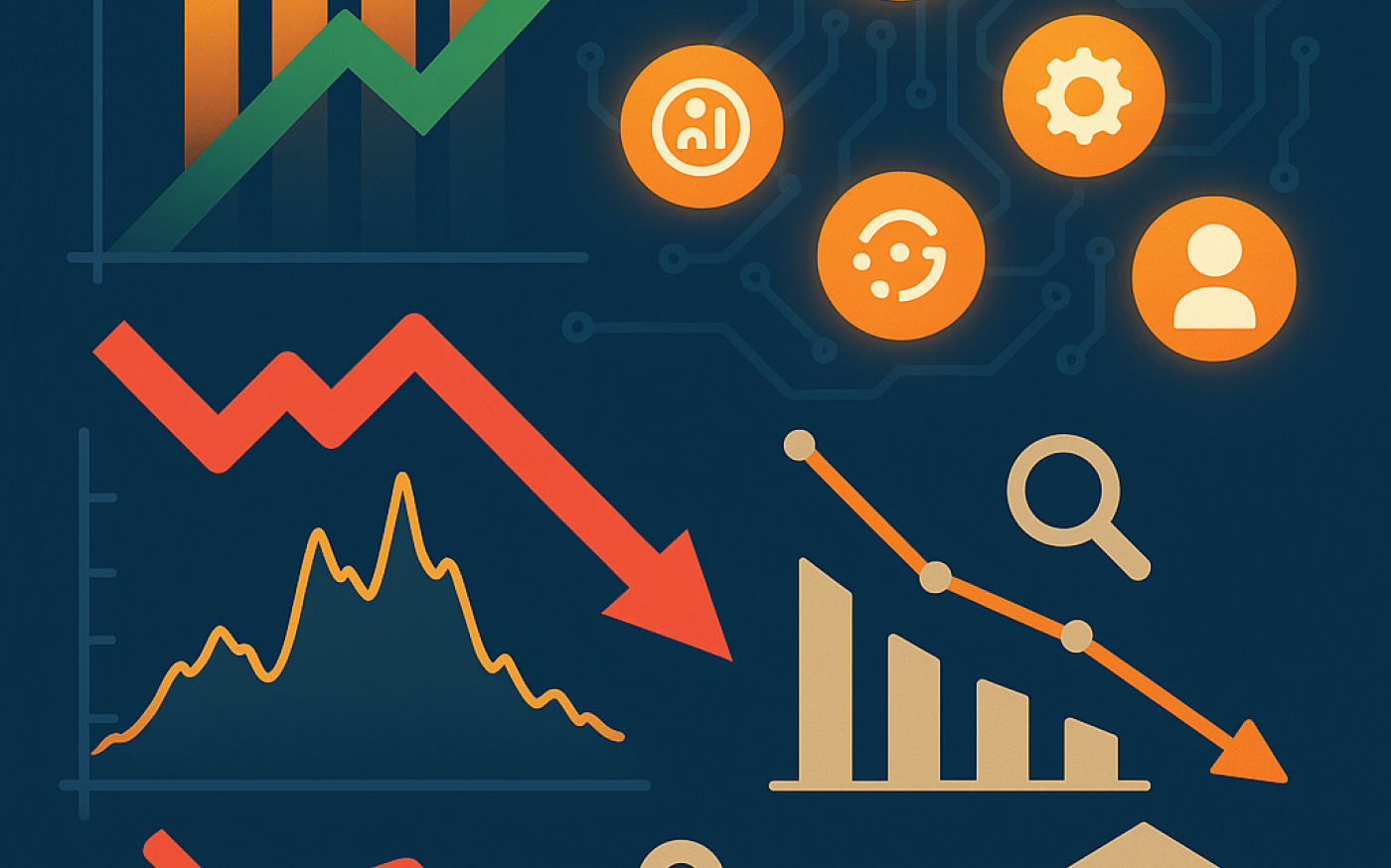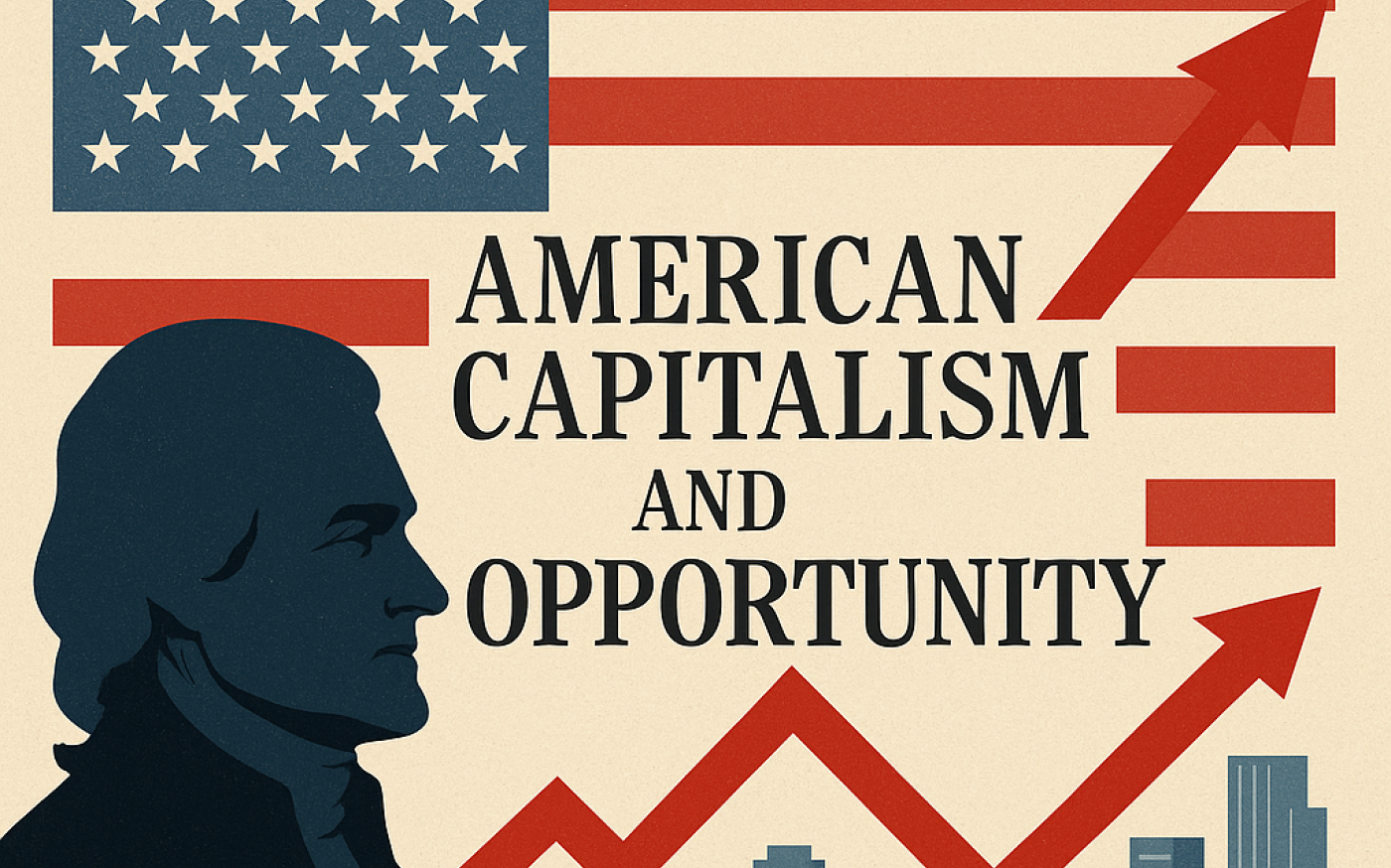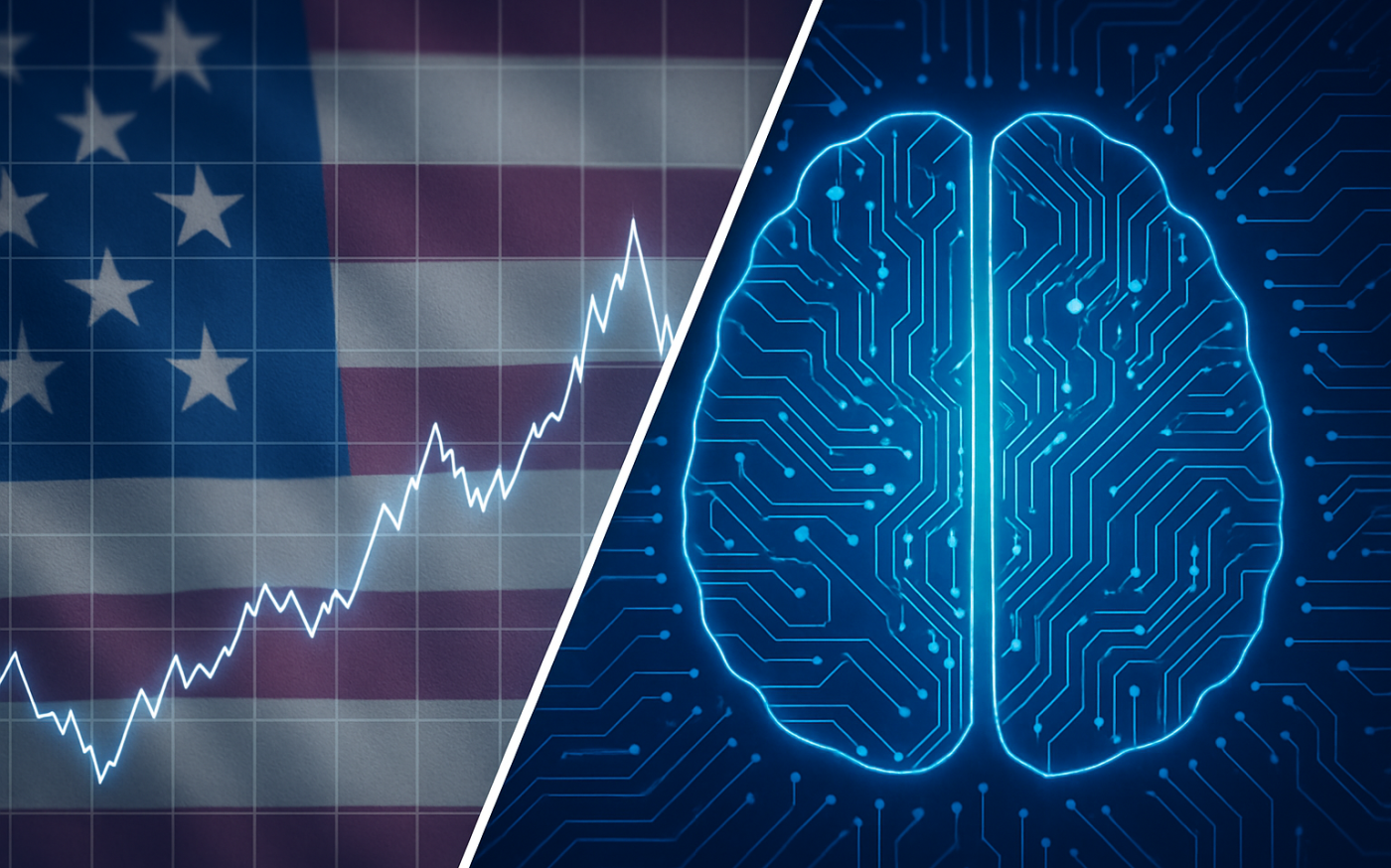With all the turmoil, markets still have the same focus they’ve had all year. A bounce-back by the big AI ten has kept markets near highs as the year draws to an end. The odds on a rate reduction in December are near 90%, even with the mixed economic data. The big economic concern remains the labor markets. Layoffs are increasing, and we saw a surprise drop in private employment this week. The unemployment rate...
After several weeks of analysts beating the drum about a potential AI bubble, Nvidia delivered blowout earnings—only for many of the same analysts to pivot and say this proves we are not in a bubble. Yet despite Nvidia’s strong forward guidance, concerns about an overvalued market and a potential AI-driven disconnect remain. Today’s market captured that uncertainty perfectly. Stocks opened with big gains, reversed by mid-morning, and swung over 3% intraday—ultimately closing sharply negative. The...
The no-hire, no-fire AI economy is on the precipice, with renewed doubts about an expected interest rate decrease at the December Fed meeting. October Labor Department data is still missing, and uncertainty continues to influence both markets and sentiment. Consumer confidence is plummeting—now approaching 2022 levels and marking the second-lowest reading in history. Data is piling up showing Americans are living in two very different financial realities. The top 20%—those with significant wealth—continue spending and...
As 2025 comes to a close, now is the time to review your financial strategy and make proactive adjustments before year-end. Evaluating your adjusted gross income, maximizing tax efficiency, and optimizing retirement contributions can help position you for a stronger financial outlook in 2026. This season is also ideal for reviewing your Medicare options to ensure your coverage supports both your health and retirement goals. Thoughtful planning today can create long-term stability and confidence for...
Artificial Intelligence (AI) and Artificial General Intelligence (AGI) are on my mind this week following Amazon’s announcement of layoffs—between 14,000 and 30,000 positions—citing “restructuring.” While the cuts aren’t directly attributed to AI, Amazon says the changes will allow more spending on its AI initiatives, including a major data center expansion for Amazon Web Services (AWS), better known as the Amazon cloud. As the second-largest U.S. employer, Amazon’s shift underscores a defining reality the AI wave...
Another chaotic week, and this time it is a government shutdown. Although we have seen political upheaval before in recent history, this moment feels particularly turbulent and unrestrained. Yet, despite the instability, stock markets continue to reach new highs. Go figure. Inflation, interest rates, and artificial intelligence continue to shape Wall Street’s “glass half full” outlook, until it is not. Timing, as always, is everything. The seven so called AI leaders now represent nearly 40%...
Last week, Federal Reserve Chairman Jerome Powell announced the Fed’s decision to cut interest rates by a quarter-point in September. This move underscores the delicate balancing act the central bank faces—managing both rising inflation and a weakening labor market. The combination of slower growth and higher prices has fueled growing discussions of stagflation, a term that recalls one of the more difficult economic periods in U.S. history. Many of us remember the last major stagflationary...
Another week, another high for the stock market—powered by a mix of “it could be worse” and good old-fashioned FOMO. Excitement over artificial intelligence continues to drive growth in the “Magnificent 7” large-cap leaders: Microsoft, Meta, Amazon, Nvidia, Google, Apple, and Broadcom—which now make up more than 35% of the S&P 500. As these AI-fueled stocks push the indexes higher, short- and intermediate-term interest rates are falling ahead of the upcoming Federal Reserve meeting. Markets...
The Uniqueness of American Capitalism A recent Wall Street Journal op-ed ( read here) reminded me how American capitalism has always stood apart. From “no taxation without representation” to Jefferson’s ideals of individual freedom, our system has encouraged risk-taking, innovation, and competition. That “permission” for creative destruction has fueled growth and opportunity though not without volatility. Markets in America can bring prosperity, but they can also bring setbacks. Creative Destruction and Opportunity Unlike economies shaped...
Economic data remains mixed. Second quarter GDP growth was revised upward from 3% to 3.3%, following a sharp -5% decline in the first quarter. What drove the rebound? Three factors stand out: fewer imports due to tariffs, stronger consumer spending, and increased business investment possibly linked to AI adoption. Mixed Signals in the Economy While tariffs have reduced imports and boosted government revenues, companies are still largely absorbing the added costs. Consumer spending revisions show...
Are employment number revisions manipulation—or just part of the normal process? Will firing the person in charge of data collection jeopardize the reliability of economic reporting? Were the latest inflation numbers good or bad? Is bad news good, bad news bad, or good news good—and can we even trust the data? Is retail inflation more important than the Producer Price Index (PPI)? And how do these moving parts shape interest rates, inflation, and the broader...
The Top 10%, Tariffs, and the Tale of Williams Sonoma: A Week in the Economy I was struck this week by a podcast called Raging Moderates with Scott Galloway and the token Democratic member of the Fox Five, Jessica Tarlov. She asked Scott about the stock market making new highs despite the chaos and confusion around tariffs and inflation. Scott replied that 10% of Americans own 93% of the total domestic stock market value. So...


